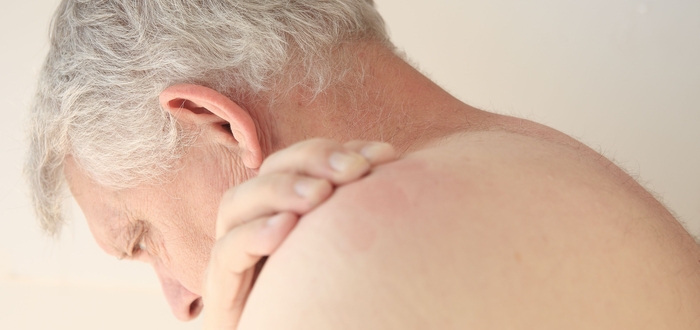If you’re receiving mesothelioma chemotherapy, you may have noticed one of its side effects is a nasty rash. That happens because of the pemetrexed that’s used in first-line mesothelioma chemotherapy.
But there may be a simple way to very effectively counteract that rash. Researchers in Japan say giving mesothelioma patients supplementary corticosteroids is all it takes.
Investigators from Tokushima University Hospital report that 1.5 mg of supplemental corticosteroids on Day 2 and 3 of mesothelioma chemotherapy is enough to significantly reduce rash problems.
They revealed this finding in a recent issue of the journal Biological & Pharmaceutical Bulletin. The researchers wrote that they launched their investigation because of concerns over pemetrexed-induced rash.
The researchers indicate that 70 percent to 90 percent of mesothelioma patients who receive chemotherapy with pemetrexed are prone to developing a rash if not given a corticosteroid with it.
The rash is uncomfortable and annoying. But it can also be a source of worry for your doctor because it can be so bad that it turns into either acute generalized exanthematous pustulosis or Lyell’s syndrome.
Pemetrexed for Mesothelioma Chemotherapy
Pemetrexed is a novel multitargeted antifolate. That means it works against cancer-related enzymes like thymidylate synthase, dihydrofolate reductase, and glycinamide ribonucleotide formyltransferase.
Pemetrexed inhibit the biological activities of these enzymes. However, pemetrexed is never used alone when treating mesothelioma. It’s paired with either cisplatin or carboplatin.
But whichever of those two platinum-based drugs is mixed into the chemotherapy cocktail, it’s the pemetrexed that’s mainly responsible for causing a rash.
The researchers from Japan said in their article that there isn’t a lot of data in the medical literature about the effectiveness of corticosteroids in reducing or preventing pemetrexed-induced rash.
So, to help fill in the blanks, they pulled together the records of patients treated at their hospital between 2009 and 2014 for either mesothelioma or non-small cell lung cancer.
The researchers then segregated the records of those patients who were treated with pemetrexed chemotherapy. They ended up with a total of 78 patients with a median age of 67.5 years.
Supplemental Corticosteroids Recommended to Prevent Rash
All of the patients, it so happened, had been given a corticosteroid on the first day of chemotherapy as a precaution against side effects such as nausea and vomiting. The corticosteroid was dexamethasone.
Since they had already received a dose of corticosteroid on that first day, only 27 percent of the patients in the cohort developed a rash.
However, the doctors treating those patients had decided to give some of those patients who did develop rash an extra one or two days of corticosteroid treatment.
The researchers noticed that those who received the extra doses of corticosteroid had a much lower rate of pemetrexed-induced rash than those who received only the one initial dose.
This observation of improved rash defense led the researchers to conclude that all patients who receive pemetrexed should also automatically receive a supplementary corticosteroid to prevent rash.

